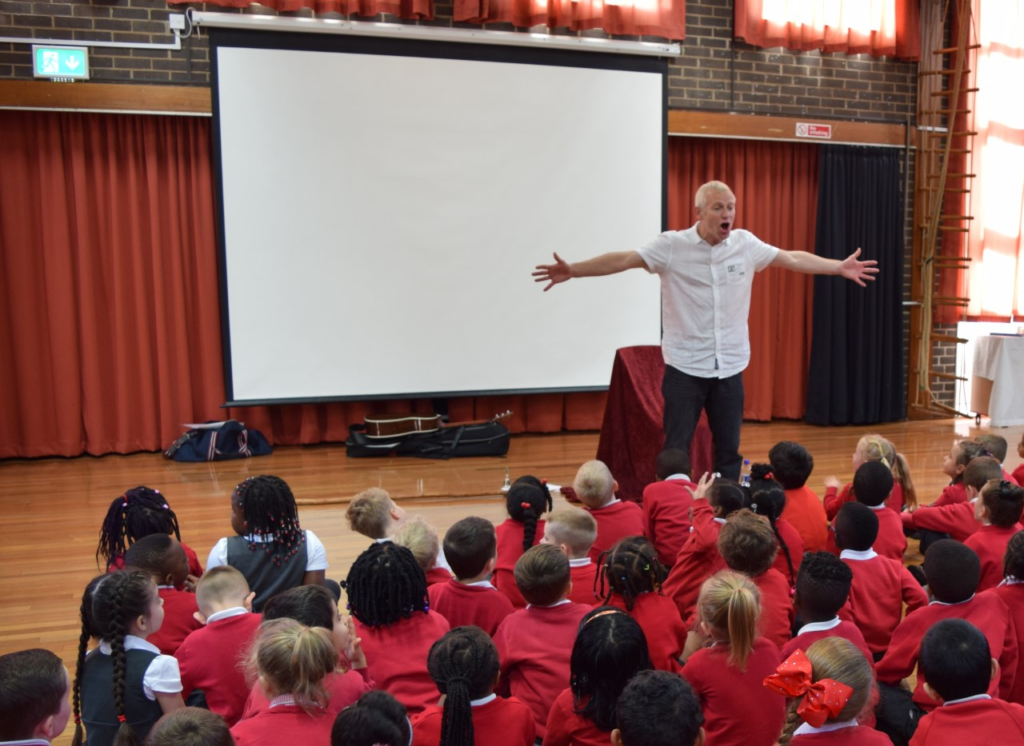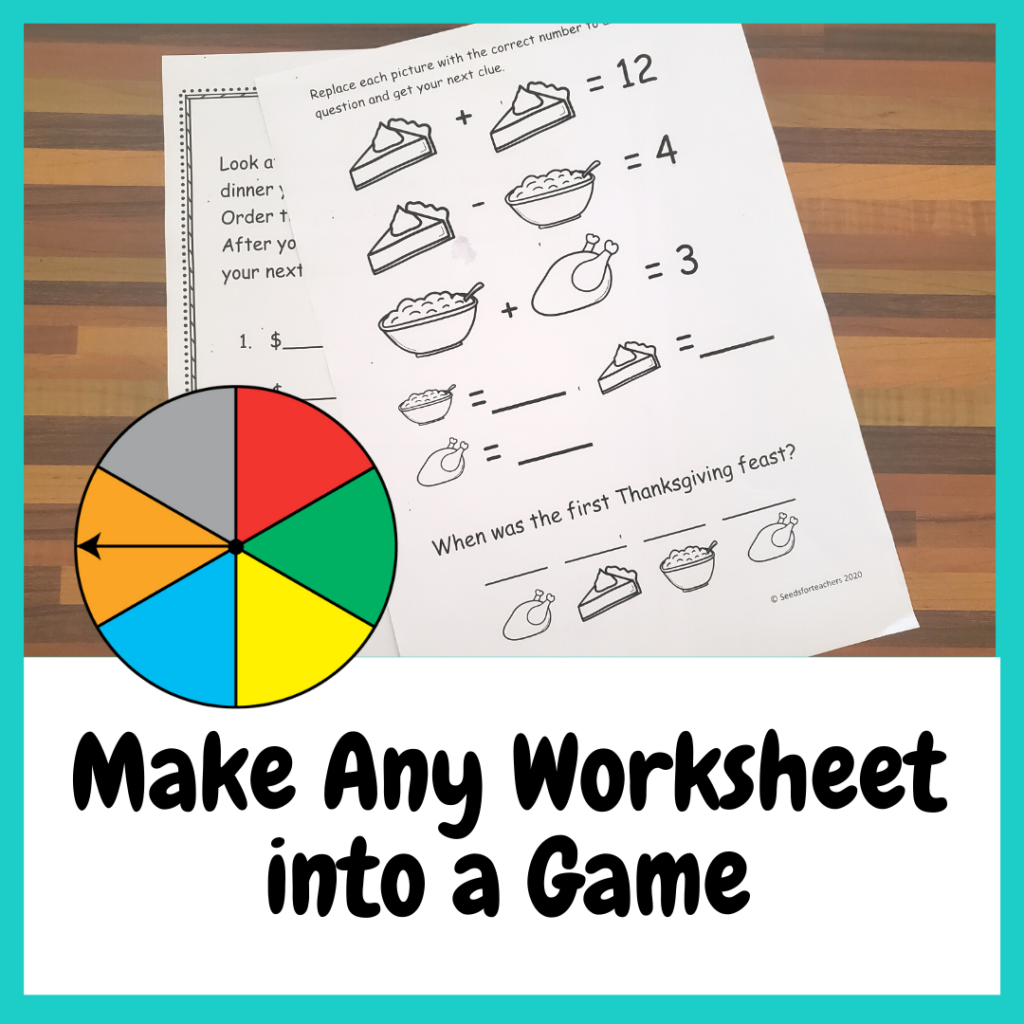Do you find it difficult to transition your students from one lesson to the next? Or to gain their attention back when they return from a break? Many teachers just jump right into the lesson by stating the objective and beginning their teaching. However, it’s important to “hook” the student’s attention before you begin teaching the content. This makes them more motivated to listen and participate. Here are 5 ways you can start a lesson.
1. Telling a Story
Read a book or tell an oral story of your own about the topic. Use voices and actions to make the story even more interesting. You can reread the storybook several times throughout the week, tying activities back to it.

2. Mystery Object
Bring in an object that relates to the lesson (ex piece of food, magnet, doll etc). Place the object inside a bag and have learners ask yes or no questions to try to figure out what the object is. After they correctly guess the mystery object, pull it out of the bag and ask them what they think they might be learning about today. This is an excellent lesson opener when you are beginning a new unit or exploring topics in UOI.
3. Play a Game to Review the Previous Lesson
Mouse and Cheese Game– Think of a vocabulary word to review. Put a dash on the board for each letter. Learners guess letters. If they are correct, write the letter on the dash where it belongs. If they are not correct the mouse moves one step closer to the cheese. Review the definition of the word after they guess it.
Pictionary-Write a few topics, concepts, or vocabulary word on cards. One learner picks a card and draws various pictures on the board to try to get their team to guess what is written on the card.
Board Races– With board races, you can make any worksheet into a fun review game for your class. Divide the class into 3-5 teams. One player from each team comes to the board. Ask a question and each of the players at the board needs to write their answer. They should cover their answer until you say “time” so that others won’t copy. At the end of the allowed time, check everyone’s answer. The team gets a point if they got it correct. Now new players from each team come up to the board for the next question.
4. Taking a Gallery Walk
Hang up photos or display objects around the room that have to do with the topic you are exploring in the lesson. Perhaps you are exploring non-fiction text and you display various types of non-fiction text around the room. Or perhaps you print off photographs of different habitats. Have learners walk around the room and observe the photos or objects. Older learners can write some notes about what they are observing and some questions that come to their mind when they see the photos or objects. There are many variations to the gallery walk that you can apply as well.

5. Start a Debate
Pose a question related to the topic you discussed yesterday or a new topic you are starting today. Have learners argue for or against and defend why they have a certain opinion. Example topics: Is a tree a living thing? Technology is the most important change that has taken place in the past 100 years.
With these engaging openers you’ll have your students eating out of your hand and excited to listen to the rest of your lesson!
Other posts to check out:



